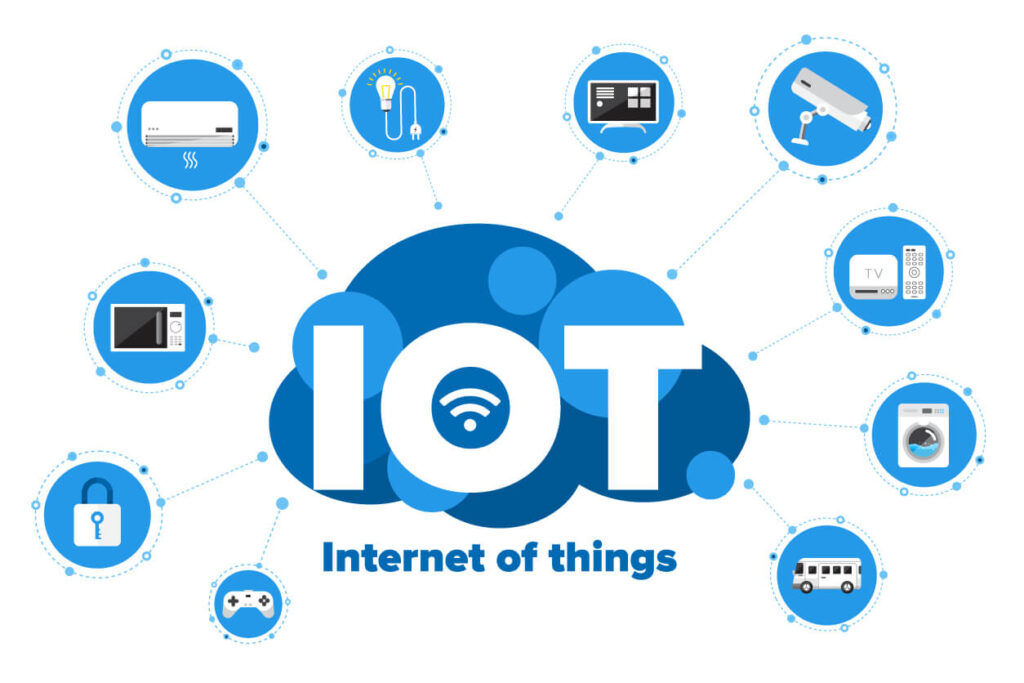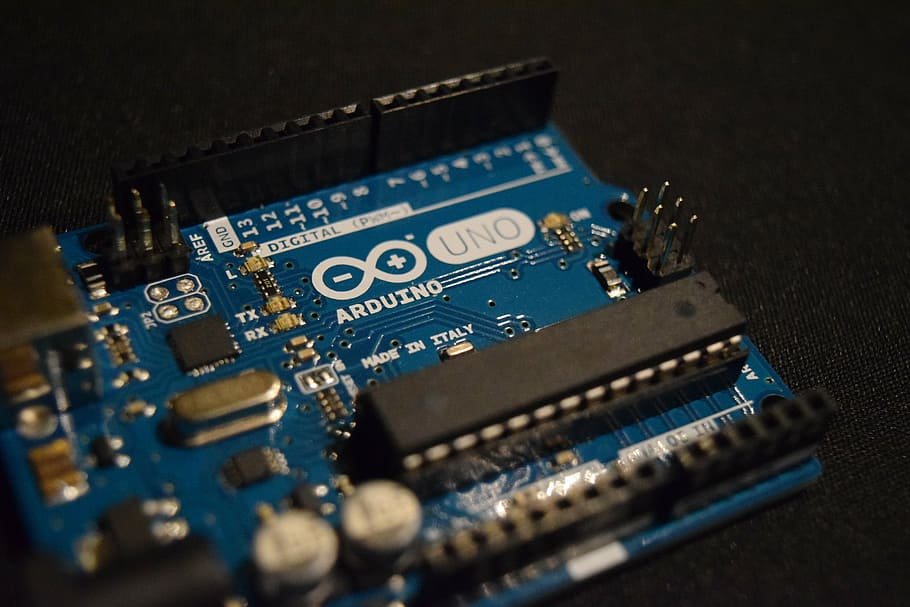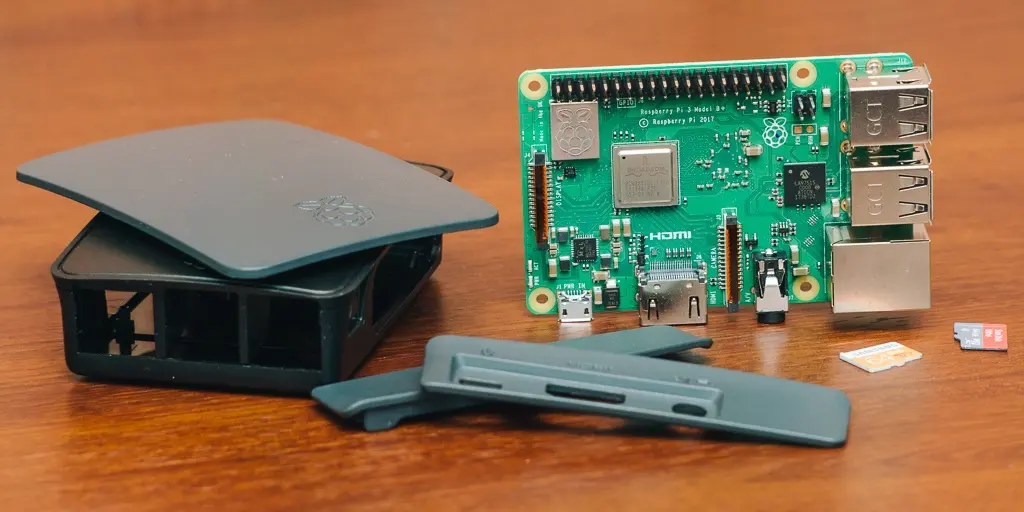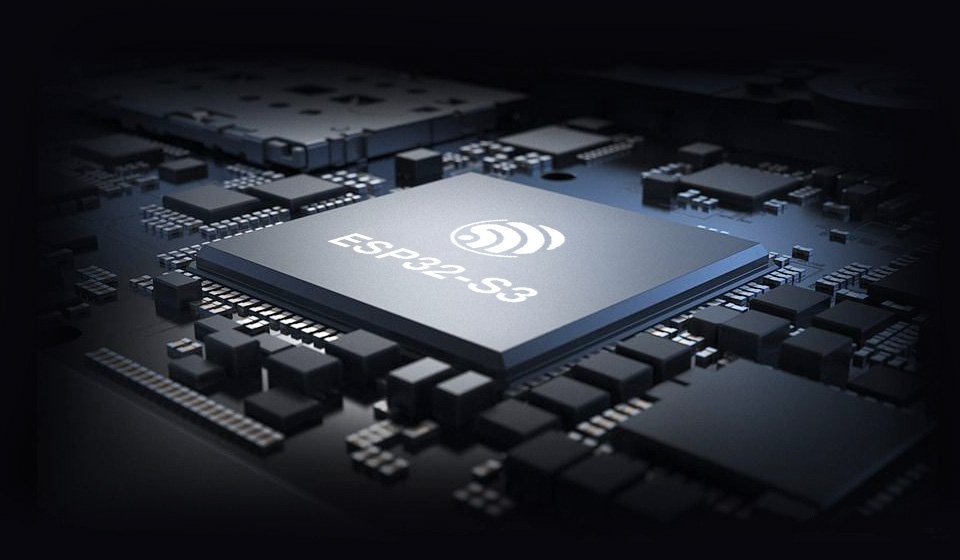The Internet of Things (IoT) refers to a network of physical devices, vehicles, appliances, and other physical objects that are embedded with sensors, software, and network connectivity, allowing them to collect and share data.
What is the Internet of Things?
The Internet of Things, or IoT, is a system of interrelated computing devices that can collect and transfer data over a wireless network without human input.
It’s not just about laptops and smartphones: almost anything with an on/off switch can potentially connect to the internet, making it part of the IoT. For example, a ‘thing’ in the Internet of Things could be a person wearing a heart monitoring implant, a camera streaming live feeds of wild animals in coastal waters, or a car with built-in sensors to alert the driver of potential risks. Essentially, any object that can be assigned an Internet Protocol (IP) address and can transfer data over a network can form part of the Internet of Things.
Why is the Internet of Things (IoT) so important?
Over the past few years, IoT has become one of the most important technologies of the 21st century. Now that we can connect everyday objects—kitchen appliances, cars, thermostats, baby monitors—to the internet via embedded devices, seamless communication is possible between people, processes, and things.
Improved efficiency
By using IoT devices to automate and optimize processes, businesses can improve efficiency and productivity. For example, IoT sensors can be used to monitor equipment performance and detect or even resolve potential issues before they cause downtime, reducing maintenance costs and improving uptime.
Data-driven decision-making
IoT devices generate vast amounts of data that can be used to make better-informed business decisions and new business models. By analyzing this data, businesses can gain insights into customer behavior, market trends, and operational performance, allowing them to make more informed decisions about strategy, product development, and resource allocation.
Cost-savings
By reducing manual processes and automating repetitive tasks, IoT can help businesses reduce costs and improve profitability. For example, IoT devices can be used to monitor energy usage and optimize consumption, reducing energy costs and improving sustainability.
Enhanced customer experience
By using IoT technology to gather data about customer behavior, businesses can create more personalized and engaging experiences for their customers. For example, retailers can use IoT sensors to track customer movements in stores and deliver personalized offers based on their behavior.
The technologies that make IoT possible Several technologies come together to make IoT possible.
- Sensors and actuators: Sensors are devices that can detect changes in the environment, such as temperature, humidity, light, motion, or pressure. Actuators are devices that can cause physical changes in the environment, such as opening or closing a valve or turning on a motor. These devices are at the heart of IoT, as they allow machines and devices to interact with the physical world. Automation is possible when sensors and actuators work to resolve issues without human intervention.
- Connectivity technologies: To transmit IoT data from sensors and actuators to the cloud, IoT devices need to be connected to the internet. There are several connectivity technologies that are used in IoT, including wifi, Bluetooth, cellular, Zigbee, and LoRaWAN.
- Cloud computing: The cloud is where the vast amounts of data that is generated by IoT devices are stored, processed, and analyzed. Cloud computing platforms provide the infrastructure and tools that are needed to store and analyze this data, as well as to build and deploy IoT applications.
- Big data analytics: To make sense of the vast amounts of data generated by IoT devices, businesses need to use advanced analytics tools to extract insights and identify patterns. These tools can include machine learning algorithms, data visualization tools, and predictive analytics models.
- Security and privacy technologies: As IoT deployments become more widespread, IoT security and privacy become increasingly important. Technologies such as encryption, access controls, and intrusion detection systems are used to protect IoT devices and the data they generate from cyber threats.
How can IoT improve our lives?
The Internet of Things has a wide-ranging impact on human life and work. It allows machines to do more heavy lifting, take over tedious tasks, and make life more healthy, productive, and comfortable.
For example, connected devices could change your entire morning routine. When you hit the snooze button, your alarm clock would automatically get the coffee machine to turn on and open your window blinds. Your refrigerator would auto-detect finishing groceries and order them for home delivery. Your smart oven would tell you the menu for the day — it might even cook pre-assembled ingredients and make sure your lunch is ready. Your smartwatch will schedule meetings as your connected car automatically sets the GPS to stop for a fuel refill. The opportunities are endless in an IoT world!
What are IoT technologies?
Technologies used in IoT systems may include:
Edge computing
Edge computing refers to the technology used to make smart devices do more than just send or receive data to their IoT platform. It increases the computing power at the edges of an IoT network, reducing communication latency and improving response time.
Cloud computing
Cloud technology is used for remote data storage and IoT device management – making the data accessible to multiple devices in the network.
Machine learning
Machine learning refers to the software and algorithms used to process data and make real-time decisions based on that data. These machine learning algorithms can be deployed in the cloud or at the edge.
Benefits of the Internet of Things
Before the introduction of the IoT, devices could only collect and share information with human interaction. Today, the IoT enables lower operational costs, increased safety and productivity, and overall improved customer experience. Here are a few notable pros of the Internet of Things:
- Automation. Removing the need to perform mundane tasks like turning the thermostat on and off or locking doors increases efficiency and quality of life.
- Conservation. Automation makes it easier to manage energy consumption and water usage without human oversight or error.
- Big data analytics. Information that was previously difficult to collect and analyze can be tracked effortlessly with the Internet of Things.






You have remarked very interesting details!